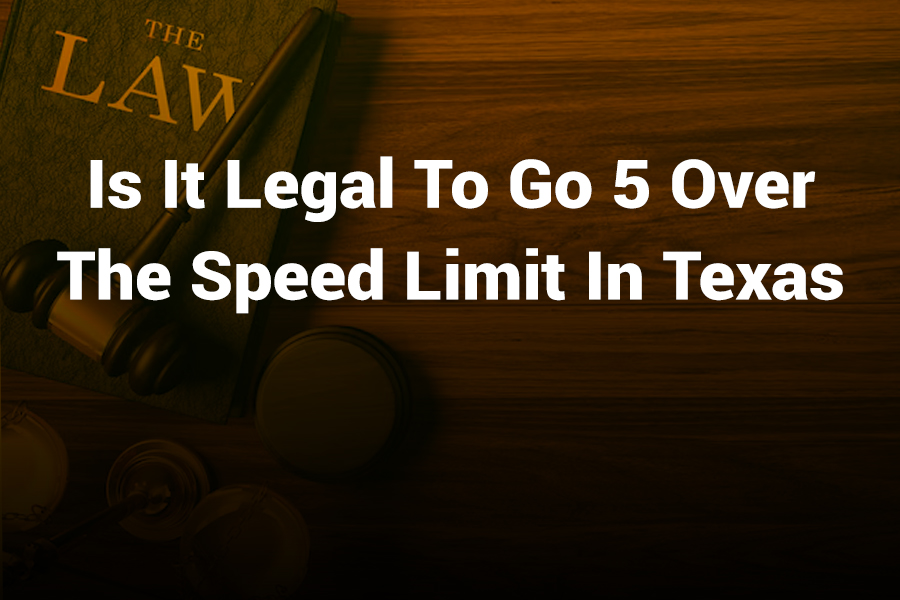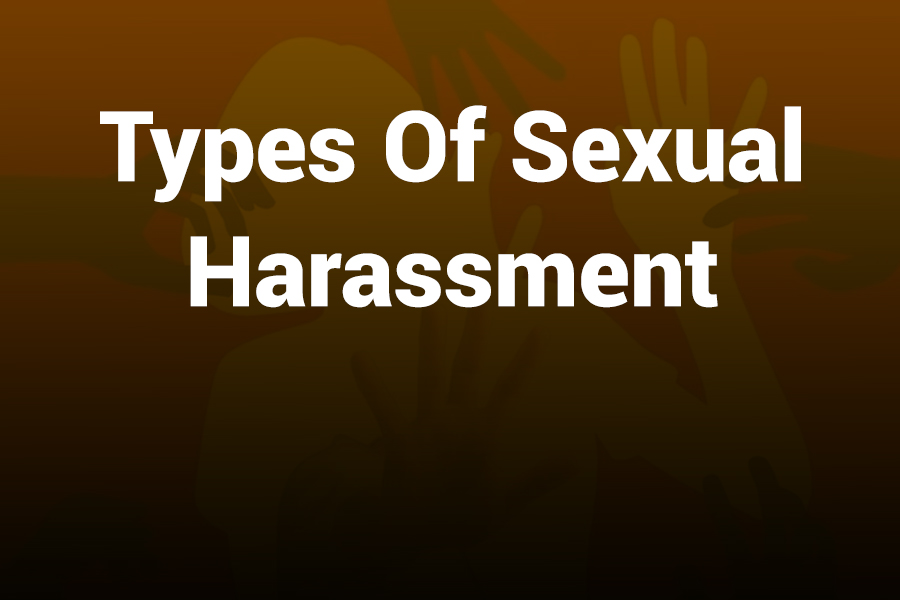
Driving in Texas comes with wide-open highways, sprawling interstates, and long rural stretches where speed limits can vary from 35 to 85 miles per hour. Many drivers believe that going five miles per hour over the posted speed limit is harmless or even “technically legal.”
This myth has circulated for decades, leading countless motorists to push the limit without realizing the legal and safety consequences. In this article, you’ll learn whether driving 5 mph over the speed limit in Texas is actually legal, what the law says, how police enforce it, and how it can impact your safety, insurance, and driving record.
Understanding Texas Speed Limit Laws
Texas has one of the most comprehensive traffic codes in the nation, covering every type of roadway and vehicle class. The foundation of Texas traffic law lies in the Texas Transportation Code, specifically Section 545.351, which governs speed regulations.
It clearly states that no person shall drive at a speed greater than is reasonable and prudent under existing conditions. That means even if the posted limit is 70 mph, a driver can be cited for speeding at 65 mph if road or weather conditions make that speed unsafe.
The posted speed limit serves as the maximum lawful speed under ideal conditions, not a suggestion. When a driver exceeds it, even by just 1 mph, they have technically violated state law. However, enforcement of that violation often depends on the discretion of the officer, the situation, and local policy.
The Myth of the “Five MPH Grace” Rule
The common belief that drivers get a free pass for going 5 mph over the limit is a misconception. No statute in Texas grants such leniency. Law enforcement officers, including those from the Texas Department of Public Safety (DPS), have repeatedly clarified that any speed above the posted limit is unlawful. Officers might choose not to stop someone going slightly over, but that is a matter of discretion—not legality.
This misconception often arises from informal tolerance levels some officers use. For instance, radar guns and vehicle speedometers can have small margins of error, and officers know that a driver going 1 to 3 mph over might not be intentionally speeding. But this is not a rule; it’s judgment-based. A different officer or jurisdiction might view the same action differently.
What Police Say About Speed Tolerance in Texas
Law enforcement professionals across Texas have addressed this myth directly. The general consensus is simple: “Over is over.” If you are caught driving 71 mph in a 70 zone, you are technically speeding. Officers can and sometimes do issue citations for even minimal violations. The idea of a “safe” margin is not codified in law.
However, traffic enforcement often prioritizes safety rather than strict numeric compliance. Officers tend to focus on drivers who are significantly exceeding limits or behaving dangerously. For instance, driving 80 in a 70 zone in moderate traffic or bad weather will almost always draw attention. Yet, an officer on a clear, dry highway may overlook a driver at 72 mph if they are maintaining lane discipline and not creating risk.
Texas Speed Limits by Road Type
Texas is unique in that it allows the highest posted speed limits in the United States. The maximum limit is 85 mph, found on certain stretches of State Highway 130 between Austin and San Antonio. General limits include:
- Urban areas: Typically 30 mph unless otherwise posted.
- Rural highways: 70 to 75 mph during the day.
- Interstate highways: Up to 75 or 80 mph, depending on location.
- Certain toll roads: Up to 85 mph, the national maximum.
Even though limits vary, the rule of law remains consistent—drivers must obey posted limits, and exceeding them, even by 5 mph, is still an offense.
Penalties for Speeding in Texas
Speeding tickets in Texas can cost more than many drivers expect. Base fines for minor speeding violations often start around $150 to $200, depending on the jurisdiction. The fine typically increases by about $5 to $10 for every mile per hour over the limit. So, a driver going 5 mph over could face a fine close to $175 to $250, including court costs.
Additional consequences include:
- Driver’s license points: Two points for a moving violation, and three if it causes a crash.
- Insurance rate increases: Speeding tickets can raise rates by 10% to 20% for three years.
- Court costs and surcharges: Local municipalities may add administrative fees.
- License suspension risk: Accumulating too many points can lead to license suspension or mandatory defensive driving courses.
While the fine for going 5 mph over might seem minor, the cumulative effects—insurance hikes, points, and records—make even small violations financially and legally significant.
When Officers Decide to Issue a Warning Instead
Many officers use discretion when determining whether to issue a warning or a citation. Factors that influence that decision include:
- The driver’s demeanor and cooperation.
- The overall flow of traffic.
- The location and safety of the stop.
- Whether the driver has prior citations.
- Environmental conditions, such as rain or fog.
A driver who was polite, otherwise compliant, and not endangering others may receive a verbal or written warning. But it’s important to remember that this is entirely situational and never guaranteed.
How Radar and Speed Detection Affect Enforcement
Modern radar systems used by Texas law enforcement agencies are highly accurate. However, even precision technology allows for slight variations due to angle, terrain, and weather. Some officers may consider this margin when deciding whether to cite a driver traveling a few miles over the limit.
For instance, if a radar gun reads 71 mph in a 70 zone, an officer might recognize that the difference could stem from device calibration or speedometer variance. But once again, this does not make it legal—only subject to discretion.
The Role of the National Highway Traffic Safety Administration (NHTSA)
The NHTSA consistently warns against casual speeding, emphasizing that speeding contributed to 29% of all traffic fatalities in 2023 nationwide. In Texas alone, speeding-related crashes caused over 1,400 deaths according to the Texas Department of Transportation’s annual crash statistics. The agency stresses that even “minor” speeding—such as 5 mph over—reduces reaction time and increases the force of impact in collisions.
This data highlights why police take speeding seriously, even at low excess speeds. What might feel like a harmless 5 mph can significantly raise the likelihood of losing control or failing to stop in time.
How Speeding Affects Insurance in Texas
Insurers in Texas closely monitor driving records. A single speeding ticket can stay on your record for up to three years and can increase premiums by hundreds of dollars annually. According to 2024 insurance data, the average increase after a speeding ticket in Texas is about 14%. Multiple violations compound the problem, labeling drivers as high-risk.
For example, if your base insurance premium is $1,500 per year, a 14% increase means an extra $210 annually—over $600 for three years—all for one minor infraction.
Is There Ever a Legal Exception to the Speed Limit?
Texas law allows very few exceptions to speed limit rules. Emergency vehicles such as ambulances and police units can exceed limits when responding to emergencies, provided they operate safely. Civilian drivers do not receive such leniency.
Even when overtaking slower traffic on rural highways, drivers must stay within posted limits. Section 545.351 explicitly requires drivers to adjust their speed to avoid hazards, meaning that exceeding the limit to pass a vehicle faster is still illegal.
How to Avoid Getting a Speeding Ticket
There are several smart strategies Texas drivers can use to avoid citations and stay safe:
- Know the posted limits. Always pay attention to signs, especially after entering new zones or towns.
- Use cruise control wisely. On open highways, cruise control can help maintain legal speeds.
- Watch transitions. Many small towns drop from 70 to 45 mph quickly—officers often monitor these zones.
- Avoid tailgating and erratic lane changes. These behaviors draw attention even if you are slightly over the limit.
- Drive for conditions. Wet or foggy weather requires slower speeds regardless of posted signs.
By staying alert and cautious, drivers reduce their risk of tickets and collisions.
Speed Enforcement Trends in 2025
Recent data from Texas DPS suggests that speeding enforcement has increased in 2024 and 2025, particularly around construction zones, school areas, and major interstates. Automated radar and speed cameras have also become more common in certain counties, increasing detection rates.
Furthermore, Texas has implemented public safety campaigns such as “Be Safe. Drive Smart.” These campaigns emphasize that small speeding violations accumulate risk and cost. The focus has shifted from ticketing volume to crash prevention through education and visible patrols.
What Happens If You Contest a 5 MPH Ticket
Drivers can contest speeding tickets in municipal or justice courts. While some may succeed by arguing calibration errors or unclear signage, most lose unless they can prove technical or procedural mistakes. Judges generally rule that exceeding the posted limit is an absolute offense, even by a small margin.
Some drivers choose defensive driving courses to dismiss minor violations. Texas law allows one such course every 12 months for eligible offenses, keeping the ticket off the record if completed on time.
Safety First: The Real Cost of “Just Five Over”
While the debate over “five over” continues among drivers, data shows that even slight increases in speed amplify crash severity. For every 5 mph increase above 60 mph, the risk of fatal injury rises by about 12%, according to NHTSA safety modeling.
In real-world terms, that means traveling 75 in a 70 zone shortens your reaction window by nearly half a second—enough to make the difference between a near miss and a collision.
Conclusion: Over Means Over
So, is it legal to go 5 mph over the speed limit in Texas? The straightforward answer is no. Texas law defines speeding as any movement over the posted limit, regardless of margin. While officers may occasionally overlook small overages, it remains a legal violation and a safety hazard. The myth of a “5 mph grace” is not supported by any written law or regulation.
In Texas, obeying the speed limit is not just about avoiding fines—it’s about saving lives, preventing crashes, and protecting your record and wallet. With modern enforcement tools and data-driven patrol strategies, “just five over” is never worth the risk.






